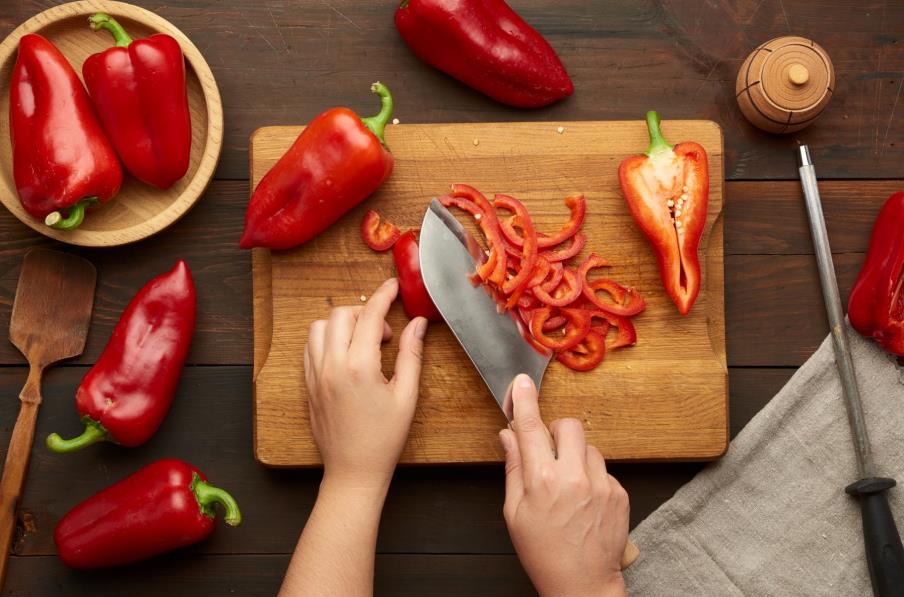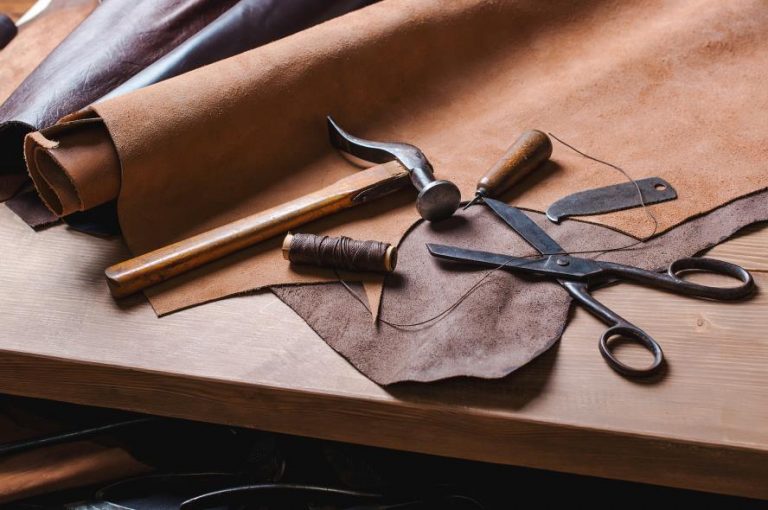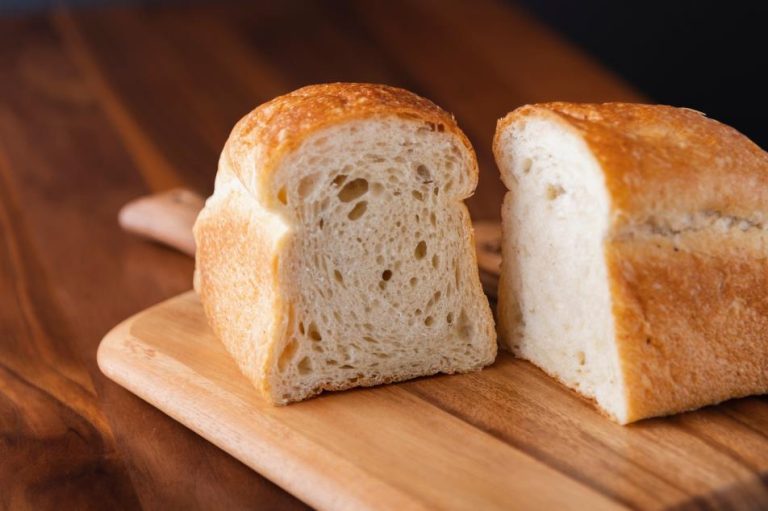Teak (Tectona grandis) is a woodworker’s favorite for several reasons. It’s a highly durable lumber that’s rich in natural oils. Making it resist moisture better than many other wood options.
This alone makes teak perfect for many applications. Today, teak is popular for outdoor furniture, boat fixtures, knife handles, and cutting boards or butcher’s blocks – the interest of this article.
As a cutting board material, teak is durable, resistant to water, aesthetically pleasing, and low-maintenance. Most cutting boards will require an occasional coat of food-grade mineral oil, whereas teak doesn’t need it, at least not as much.
The present natural oils and silica, which make up to 1.4% of teak, boost its durability and hardness. There is much more to talk about teak cutting boards and what to expect from them. This article will explain everything you need to know about teak as a cutting board material.
Teak characteristics as a cutting board
Here are the traits teak gives to cutting boards, covering appearance, texture, relationship with knives, and more.
Appearance
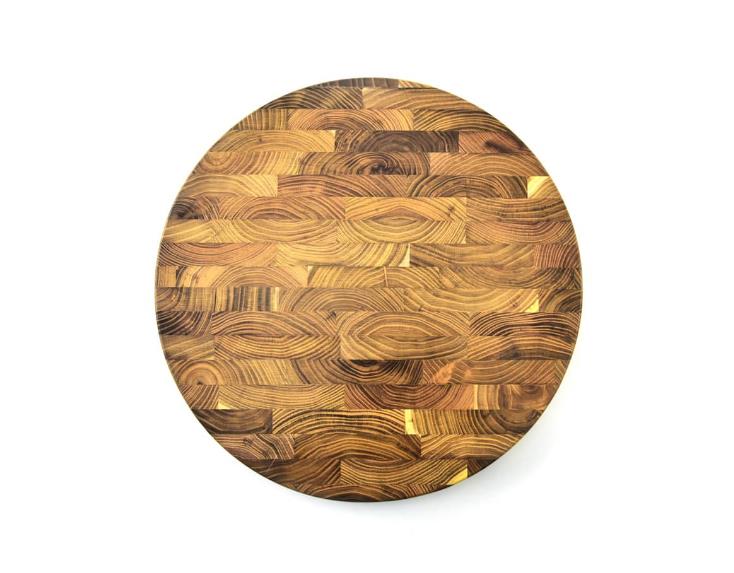
Teak is hardwood, and like many others, it has a brownish color with orange and gold streaks. As teak ages, it turns darker in color, showing its age. You can notice teak cutting boards slowly shifting to a silverish dark color over time.
The teak slowly turning into a silverish darker color can be a downside to some of your customers. If they prefer their cutting board to maintain its look over the years, teak won’t be a fitting choice.
Instead, look for alternatives like vera wood, yellow heart, or African blackwood – just don’t expect the functionality as teak exceeds them by a large margin.
Texture
Teak has a generally straight grain formation. Some of the grains may interconnect, creating a wavy pattern. Teak has a glossy appearance and is greasy due to the high amounts of natural oils. These make teak have a unique feeling to touch.
Anyone in favor of natural cutting boards will appreciate the color and appearance of teak. It makes a striking cutting board, regardless of the wood grain.
Buy Wholesale Cutting Boards and Start Scaling up with Us Today
Contact us and connect with a sales rep to get a free quote.
Hardness
The industry standard for measuring wood’s hardness is the Janka hardness test. This testing measures the amount of force required to insert a 1.28cm steel ball halfway into the wood.
The testing shows teak requires 1,000 to 1,150 pounds of force. This tells us that teak is denser than other common wood materials like cherry and black walnut but less than oak, cocobolo, and hickory.
Nonetheless, teak is hardwood and durable as a cutting board material. Your customers, whether professionals or home cooks, will find teak’s hardness at a balanced point.
Concerning knives
Teak is hardwood but not too hard that it will dull knives quickly. The high silica content in teak cutting boards can be harsh on the blades over prolonged periods. However, it isn’t something to worry about under regular use.
If you want to offer the friendliest surface to your customers’ knives, going with end-grain teak cutting boards can help. The end grain of the wood has a texture where the edge goes between the wood fibers. This process is much gentler on the cutting edge than a smoothly-finished surface.
Water resistance
Teak is dense and rich in natural oils. These two features are enough to enable the teak to resist water and moisture incredibly well. Even when not varnished, teak repels water naturally and doesn’t absorb it.
Knowing that your cutting board won’t absorb the juices from vegetables or anything else you’re slicing is good. However, neglecting care over prolonged periods can lead to warps or cracks.
It’s essential to look after a cutting board regardless of the wood. Here are some of the necessary steps to maintain a teak cutting board. Make sure to let your customers know before they leave your store.
Maintenance
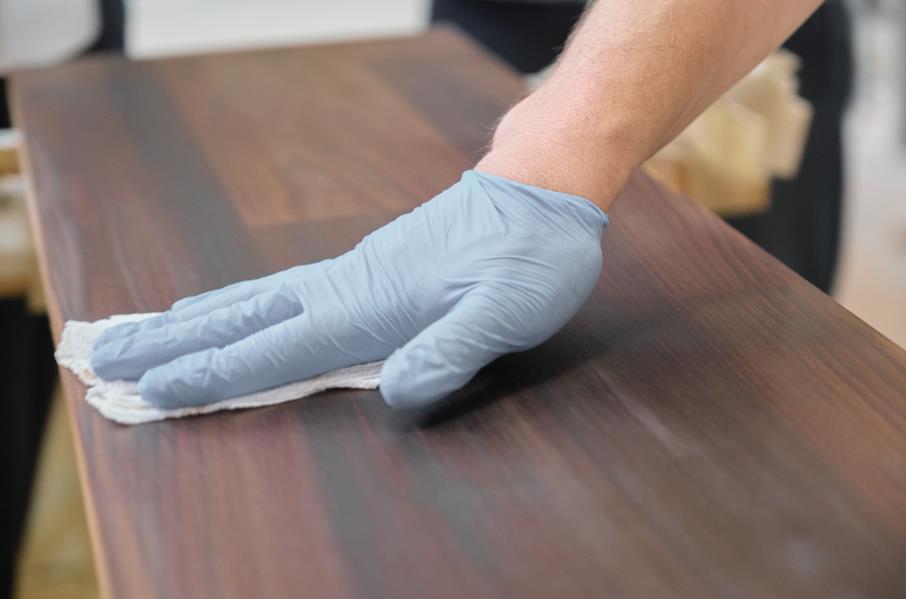
Teak is a care-free material as a cutting board. It doesn’t require special treatment with oils as frequently as others. Oiling once every six months to a year is sufficient to keep a teak cutting board at its best.
Still, there are a few essentials to teak, as with any other natural cutting board material. Though it won’t demand much care, your customers should always hand wash the board after each use.
Sanitizing the cutting board in the dishwasher is a big no for wood cutting boards. No matter the amount of natural oils the teak has, the high heat and harsh chemicals can alter its appearance quickly.
Price
We’ve only talked about good things the teak has to offer so far. It undoubtedly makes an excellent cutting board, but as with all good things, teak comes with a price.
Teak is more expensive than most other natural cutting boards that perform similarly. There are multiple reasons behind its high cost, from its characteristics to demand to politics.
The demand for teak is high thanks to the traits it gives to any product made from it. It makes durable, water-resistant, and vigorous cutting boards, furniture, boats, and anything else wood is suitable. There is simply less teak than the people demand, driving its cost up.
Additionally, the US government banned teak importing from Myanmar (Burma) due to human rights violations, which is one of the largest producers. This limits the number of importers businesses can purchase teak from, making them look for alternative routes.
Besides Myanmar, teak is grown in Indonesia and India. The high demand for teak also led to plantations opening in South and Central America and Mexico. This helped supply the demand, but teak is still one of the most expensive woods.
Is teak sustainable?
Teak raised some sustainability questions recently. This is partly due to the military takeover in Myanmar, which resulted in a series of human rights violations. Since Myanmar is the largest producer of teak, the US government banned imports to prevent funding the regime.
While this can make it unsustainable, most teak purchased by manufacturers comes from government-regulated plantations. LeeKnives, for example, sources teak from plantations, not natural forests. The farmed teak produces a sustainable supply and doesn’t contribute to deforestation.
That said, whether teak is sustainable depends on where the manufacturer supplies it.
Conclusion: should you sell teak cutting boards?
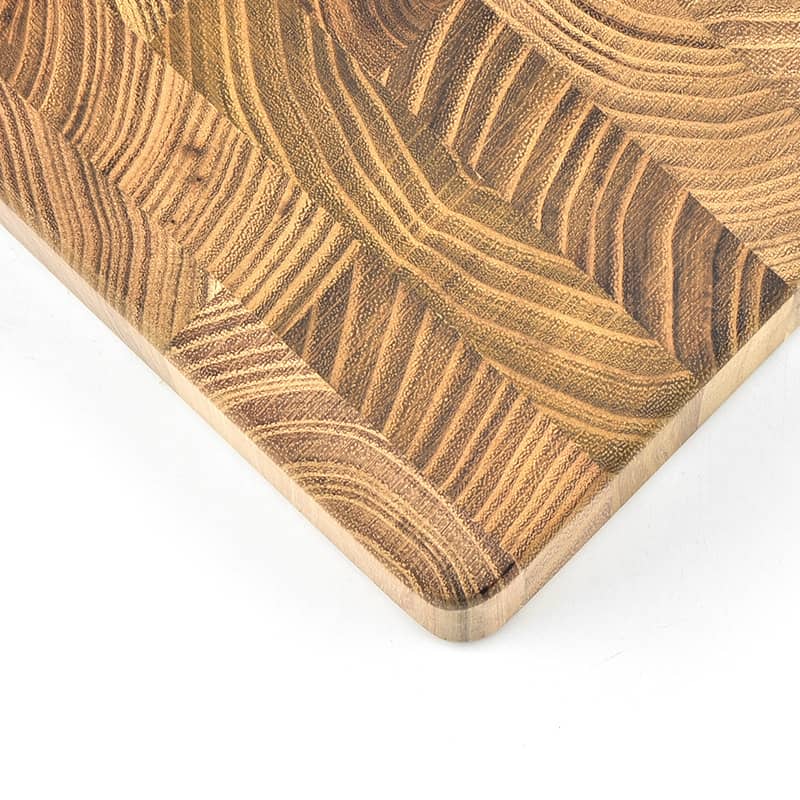
Teak cutting boards are one of the best ones in the market. They will undoubtedly continue to dominate the market for the foreseeable future.
Selling them will make your customers notice the difference between their old and new cutting boards.
The traits your customers can get from teak cutting boards are unique in many ways. The low-maintenance nature, durability, and aesthetic colors are excellent features that convince anyone who spends a considerable time in the kitchen.
Additionally, cooks appreciate the smooth surface of teak cutting boards that are easy on the cutting edge.
Teak cutting board pros
- Teak doesn’t require upkeep with mineral oils as much as other hardwoods. Hand washing when dirty and wiping the board clean are enough to care for a teak cutting board.
- The teak’s hardness is at an optimal level to sustain its durability and be gentle on knives at the same time. It won’t dull knives quickly, ensuring they stay sharp.
- Teak cutting boards are incredibly durable. They resist moisture efficiently and provide a sanitized cutting surface.
Teak cutting board cons
- It’s an expensive wood that’s often seen as a luxury choice. The cutting boards made from teak wood will run your customers more than other alternatives.
- Teak isn’t as sustainable as common hardwoods. Manufacturers must know they are getting their teak from ethical sources to keep its sustainability.
- Teak wears down manufacturing tools faster than others with its high silica content. This and the demand also contribute to its high price.
Buy Wholesale Cutting Boards and Start Scaling up with Us Today
Contact us and connect with a sales rep to get a free quote.
Teak vs. other wood
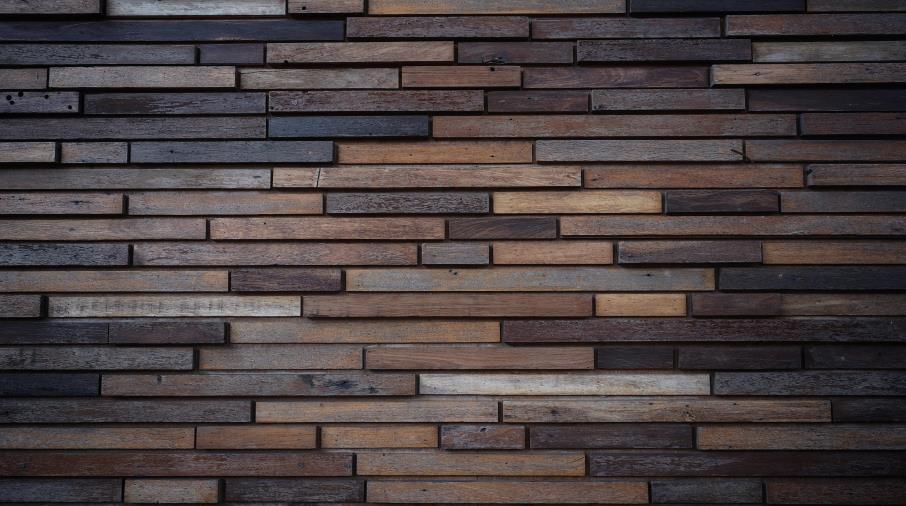
There are similar alternatives to teak. Here is how it compares to them, explained briefly.
Teak vs. acacia
As a cutting board material, teak performs slightly better than acacia. The natural oils in teak are much higher than in acacia, enabling it to resist moisture and termites better.
Acacia has more color variations, ranging from golden to dark brown. It’s twice as much harder than teak. On the Janka hardness scale, acacia scores 2,500 lbf.
That said, acacia is resistant to moisture with its density, whereas teak owes this to the high natural oils. The hardness of acacia can make a good cutting board, but it can dull the edges faster. Teak is gentler on knives than acacia. Overall, teak makes a better cutting board than acacia for most users.
We have a separate article comparing everything about these two natural cutting board materials. Read teak vs. acacia cutting boards.
Teak vs. bamboo
Teak is a superior choice to bamboo for several reasons. Bamboo requires more frequent oiling than teak though it may repel water better at first. After some use, noticing a bamboo cutting board splintering and losing its shape isn’t uncommon.
This lack of durability can be home to bacteria, making teak (and other hardwood) cutting boards more sanitary. Nevertheless, there are benefits to bamboo cutting boards. They are easy to clean, don’t require much upkeep, and are significantly more affordable than hardwood alternatives.
Bamboo can make a good secondary cutting board when the cook doesn’t need a large one. For example, using it only cut specific foods that are hard to clean or high risk.
Teak vs. walnut
Similar to teak, walnut is gentle on the blades and resists moisture and bacteria better to a degree. Walnut’s pores are larger than teak, but it’s closed grain. This feature enables walnut to resist moisture better than teak.
Another difference between teak and walnut is the feel. Teak has a coarser surface that doesn’t get very smooth due to the open pores. The closed grains help woodworkers to give a silky finish to walnut, but it doesn’t hold up as well to scratches.
Teak has better functionality for most users, with walnut hiding stains and knife marks. The prices of the two are also comparable. Walnut is just as high in demand, making it an expensive wood for cutting boards and other applications.
Teak is a more fitting choice for cooks that use a cutting board frequently. Walnut found its place among home cooks for its versatility and dark colors camouflaging stains.
Purchase teak cutting boards from LeeKnives
LeeKnives manufactures teak cutting boards with sustainably and ethically sourced materials.
Browse our teak cutting boards here. Note that you can also order products with custom dimensions and designs from us. Request a quote to get in touch.
